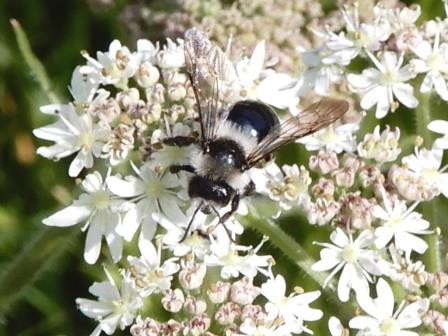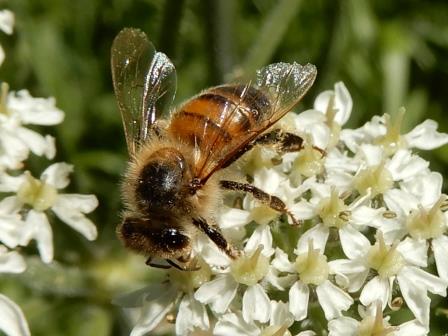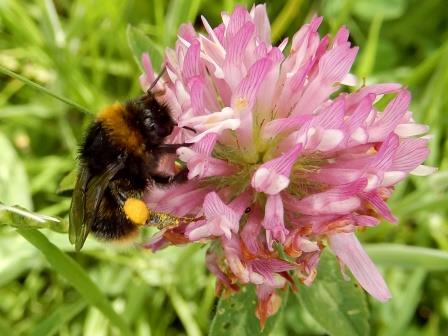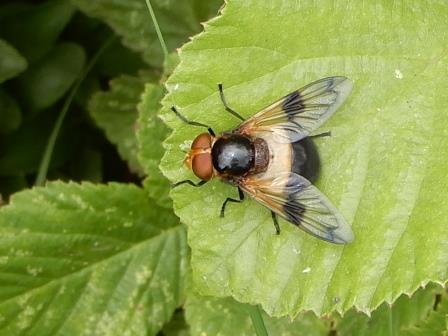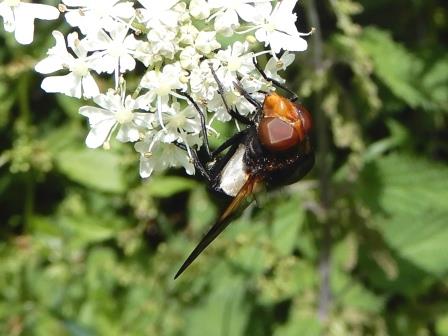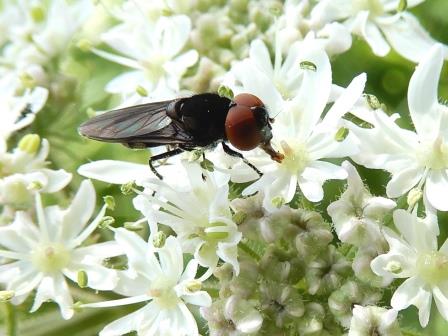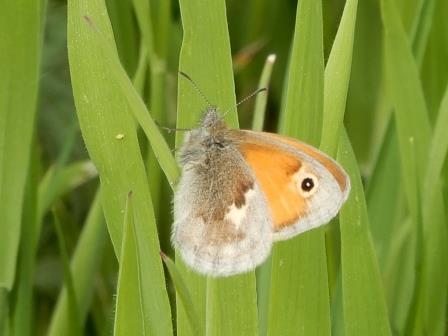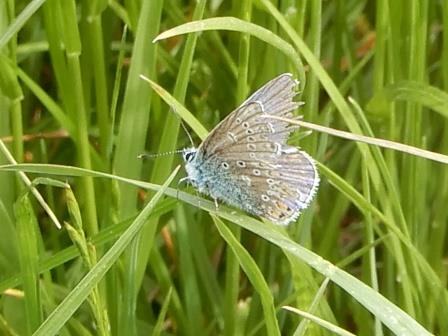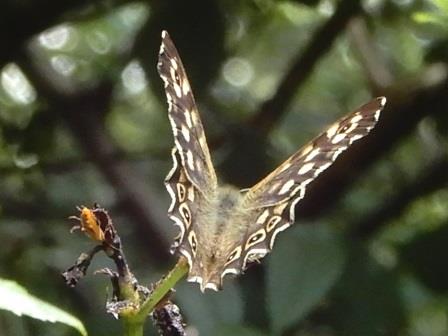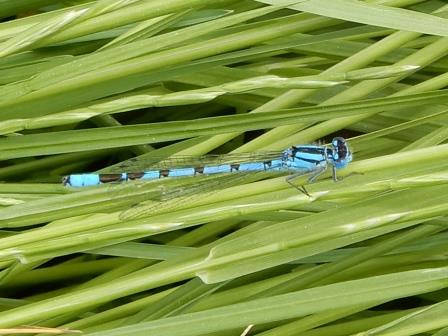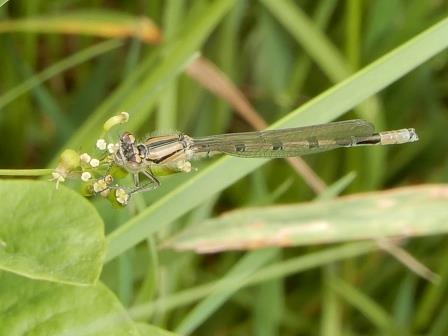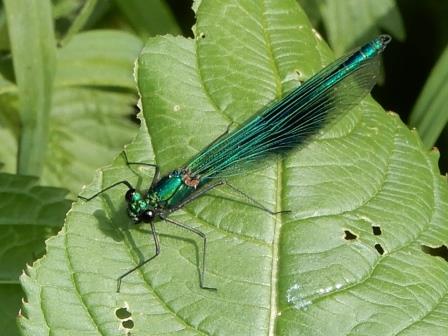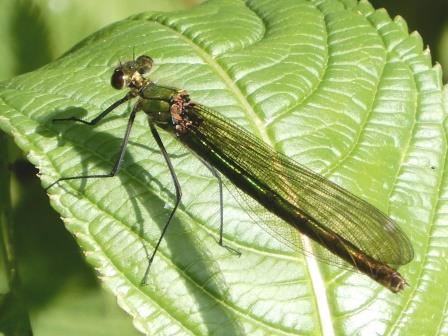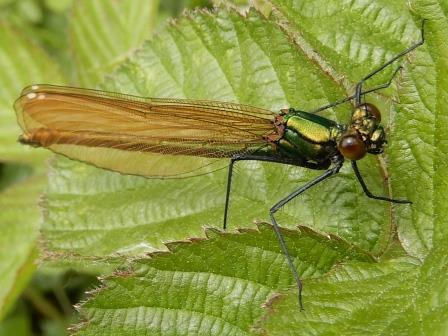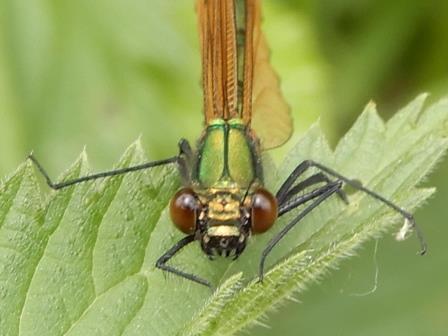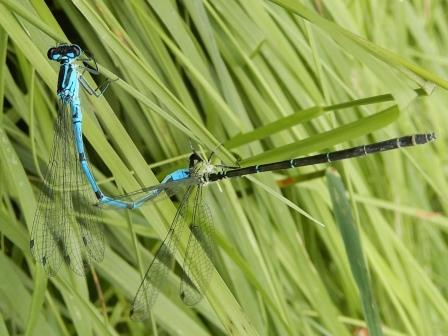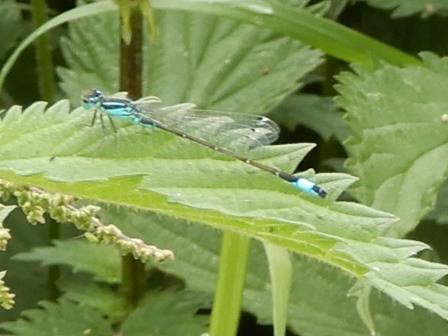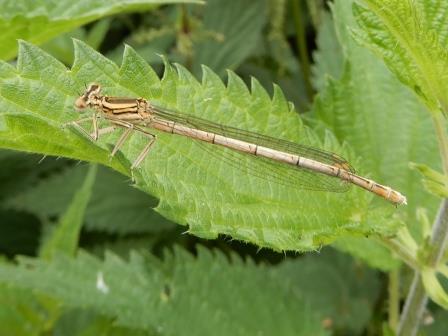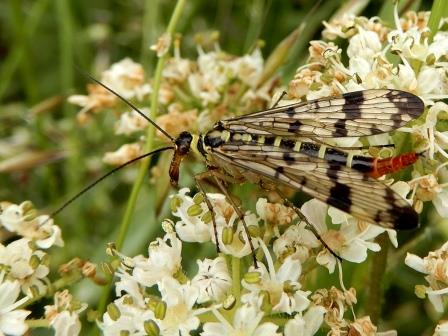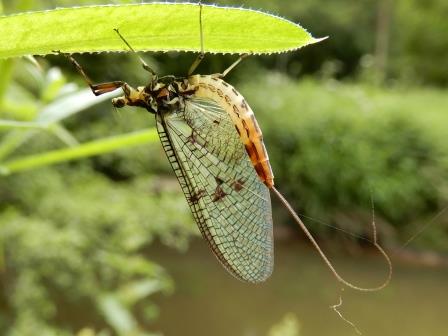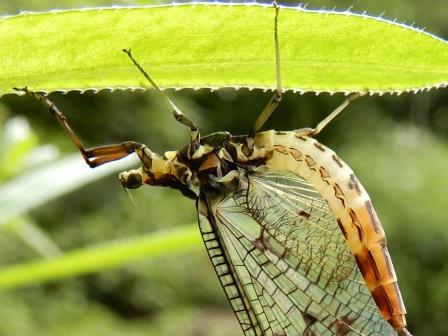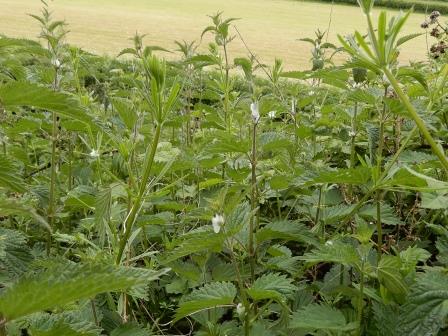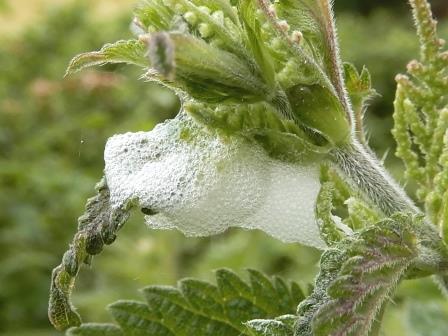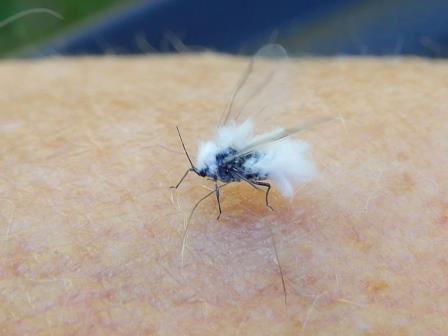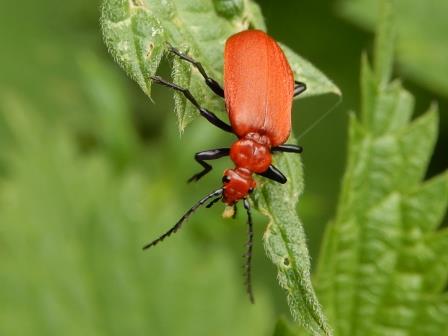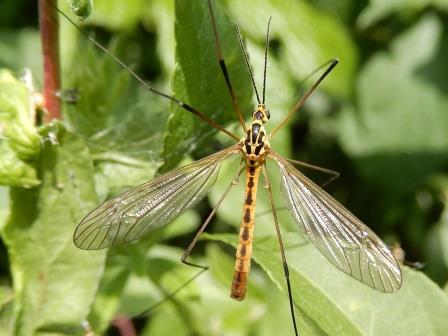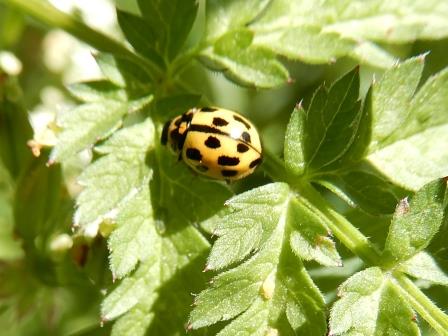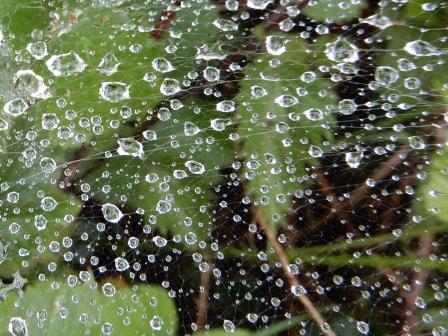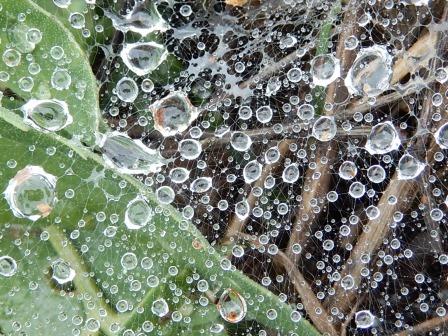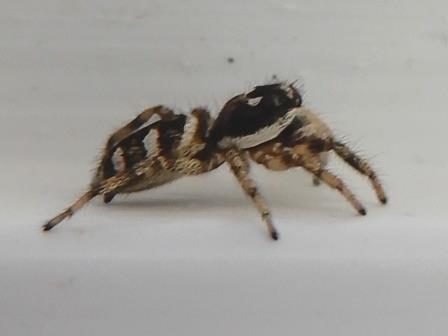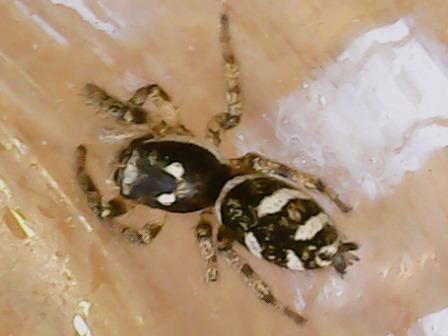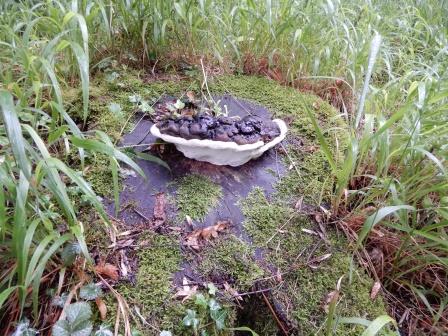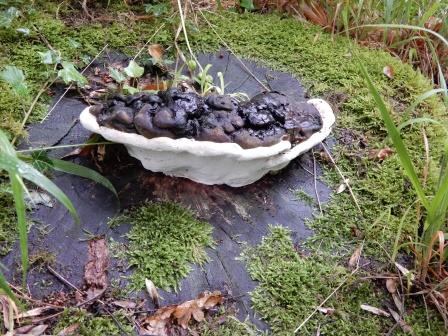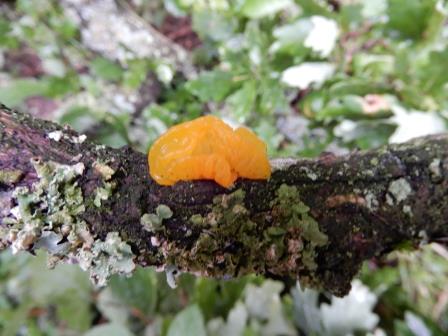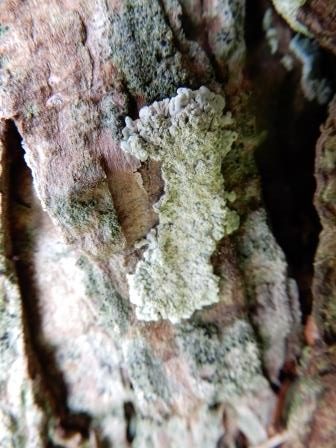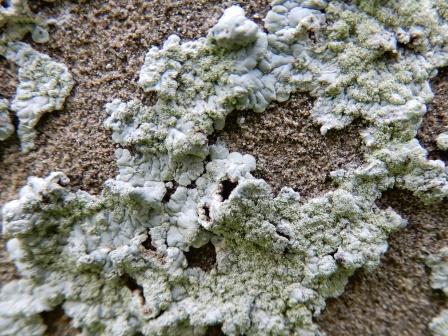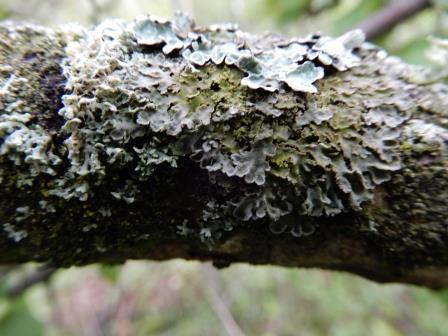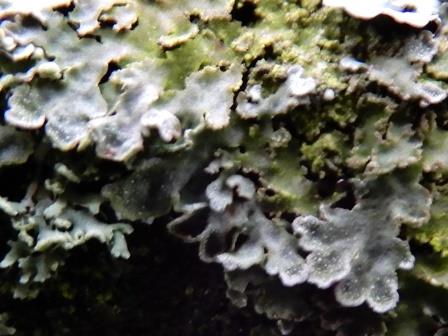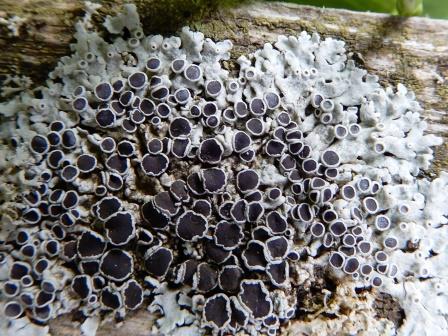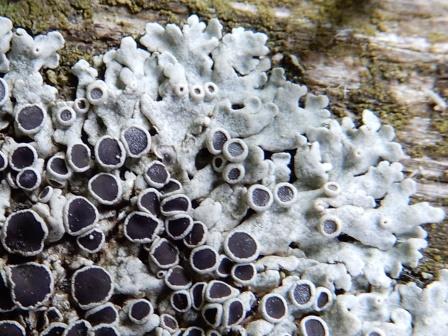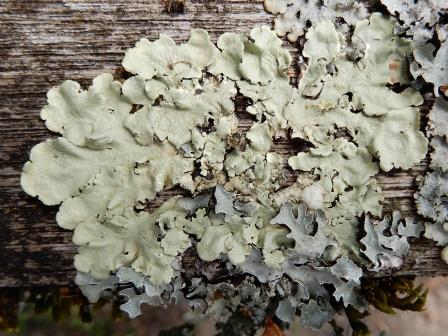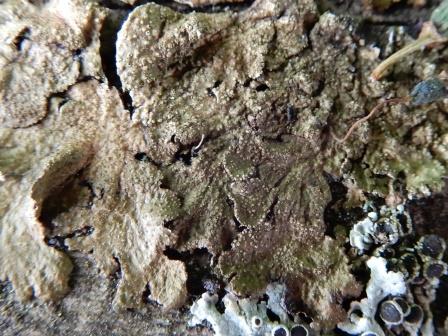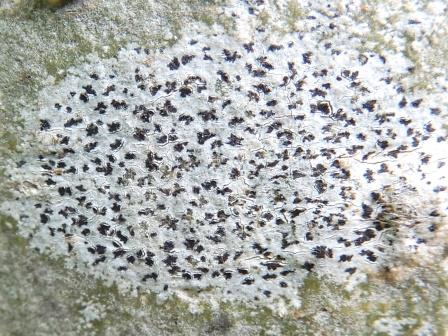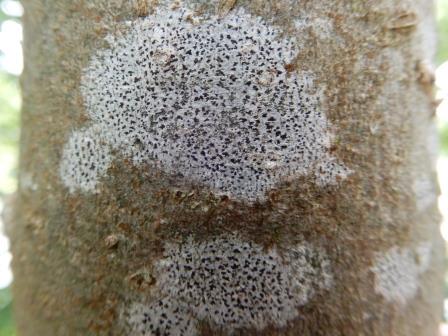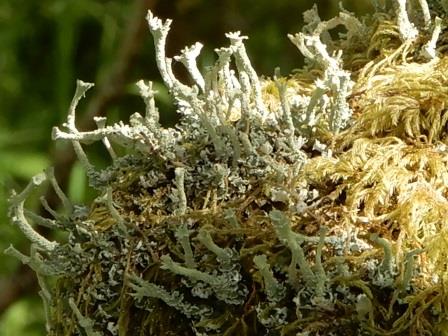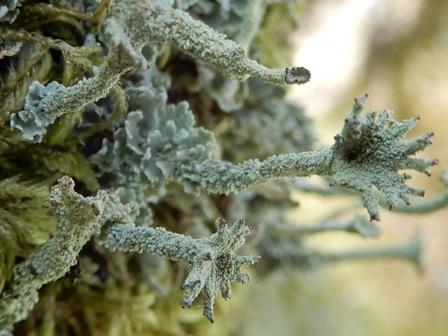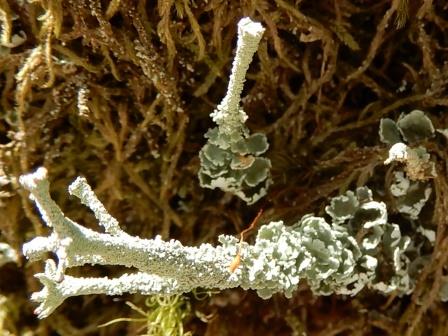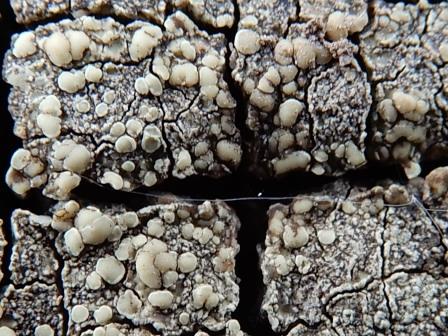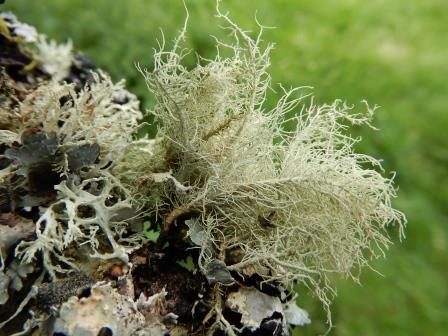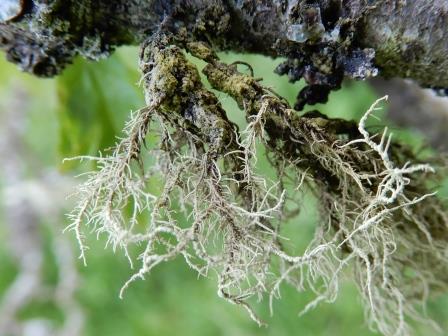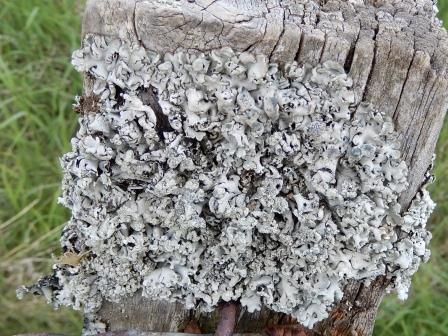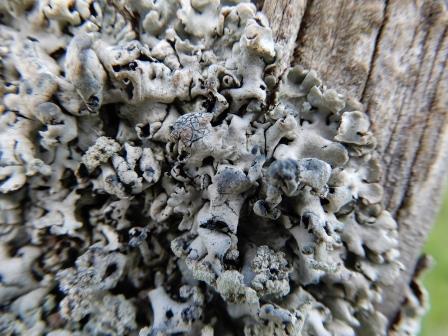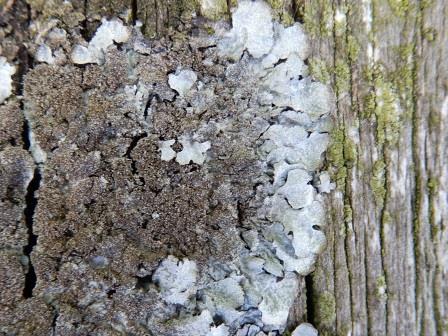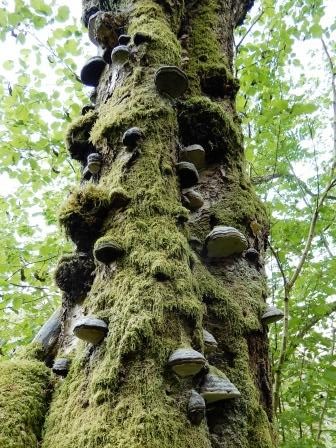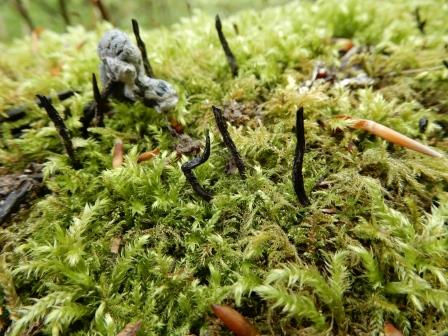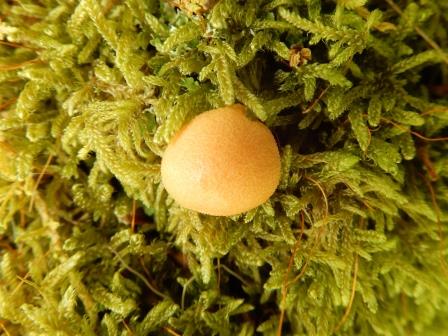Please refer to the Introduction Page to understand the context behind the monthly photographs.
Definately Insect month after the poor May we had this year.
Bees
Hoverflies
The largest genus of hoverflies in Britain and globally is Cheilosia. The British list currently stands at around 40 species. It is anticipated that further ones will be discovered here in the future as there are a further 135 European species. The one photographed is probably Cheilosia impressa.
Damselflies
Scorpion Fly
Scorpion flies belong to an ancient order of insects known as 'Mecoptera' which includes about 550 species worldwide. Mecoptera can be traced back to the Permian period, more than 250 million years ago, and are likely ancestors of butterflies and flies.
Mayflies
The Common Mayfly is one of 51 species of mayfly in the UK, and is on the wing from April until September. Mayflies larvae spend their lives underwater, feeding on algae and plants. In the summer, the adults hatch out and they have very short lives (just hours in some cases), during which they display and breed.
Froghoppers
This strange bubbly froth is called frog spit. Nothing at all to do with a frog as the cluster of small transparent bubbles in a whitish foam is caused by an insect called a spittlebug or froghopper.
There is a small pale green to yellow insect inside.
The adult is a small hopping insect, often brown or beige. It is seldom seen, for not only does its color help conceal it, but it leaps to other plants when people approach. The adult spends its summer feeding on the sap of plants. At the end of the season, the female pierces holes in a stem and deposits its eggs. They hatch in the spring and, with the return of favorable temperatures, form a bubble home. The nymphs feed on the plant for several weeks, molt a few times, then emerge as adults. The foam is then washed from the plant by the next hard rain. There is only one generation a year. Given the pest’s life cycle, the appearance of frog spit is often considered a sign of the arrival of summer.
Aphids
This small insect recently started appearing in my garden and at first I thought it was a bit of fluff caught in the light wind. On closer examination it was flying in a weak manner of sorts. On research it turns out to be a Woolly Aphid and only during the summer months of July & August do they sprout wings to seek a new source of food.
Beetles
Craneflies
Ladybirds
Spiders
The Zebra spider is only 6mm in body length and one of the jumping spiders. They act like a cat, stalking their prey and when close enough jump forward and grab the prey.
Lichen
Lichen are only recorded at each new OS Grid location (hover for Grid Ref). They are then entered on the British Lichen Society spreadsheet and submitted for their Warwickshire VC38 Lichen database and Lichen mapping.
Churchyard lichens - St Milburga Church - Wixford
Grade 2 listed Church C12 and C13 Regular coursed lias with limestone dressings and irregular quoins.
Non-Churchyard lichens
VC77 Lanarkshire Lichen
Non-Churchyard lichens
VC77 Lanarkshire Fungi
The Hoof fungus or Tinder Bracket was found with "Otzi" the 5,300 year old man found in the Alps frozen in the ice. It was determined that he was carrying this fungus as part of his fire making kit.
Ones that escaped the camera lens this month
a) A muntjac deer.
b) Roe hind and young.
c) Green Woodpecker
d) Male Broad-Bodied Chaser
